The Reality Check of Elon’s Bold Timeline
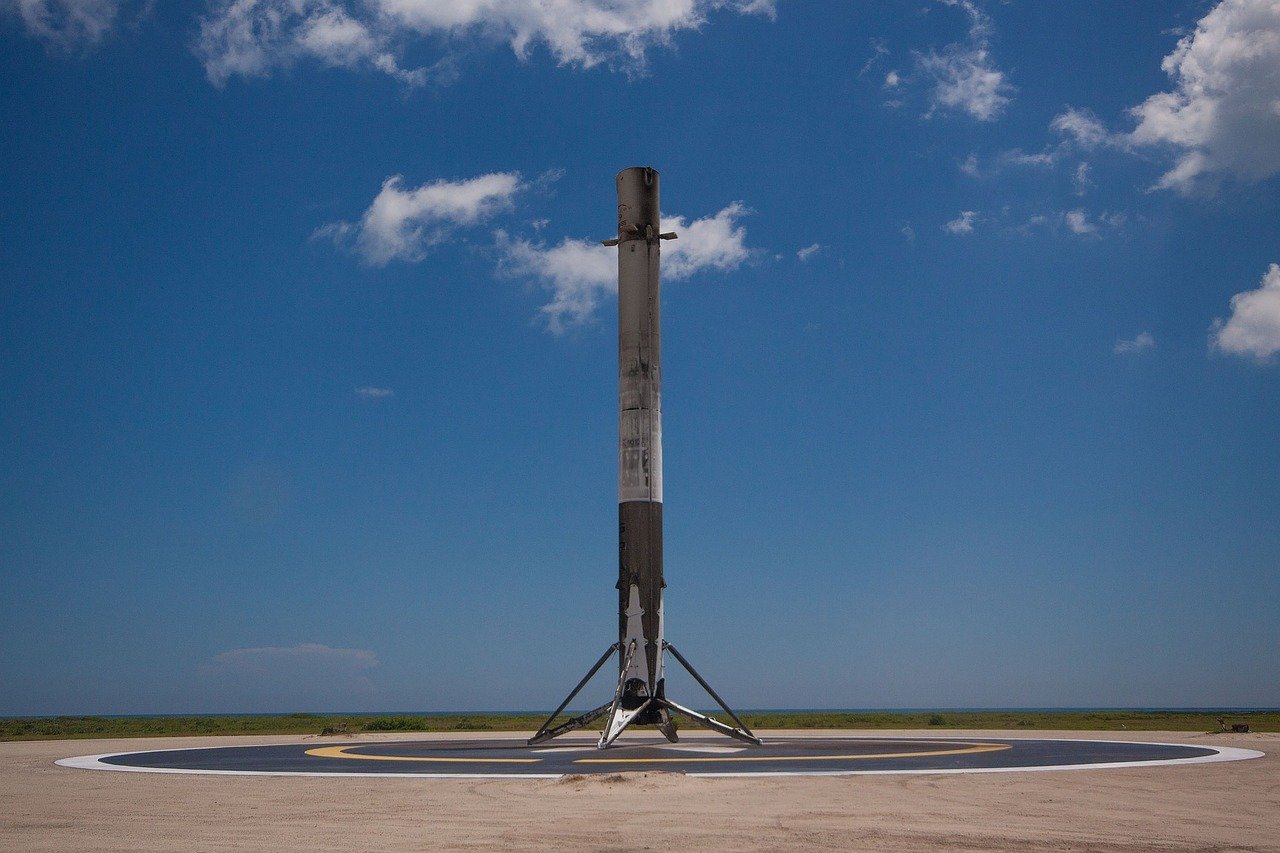
Hold on just a minute. SpaceX plans to launch the new “Version 3” of its Starship megarocket by the end of 2025, but they haven’t even landed humans on Mars yet. “We’ll try to make that opportunity, if we get lucky.” Those aren’t exactly words that inspire confidence when we’re talking about a timeline just months away. The current reality is that SpaceX is planning to land the first Starships on Mars in 2026, and those will be uncrewed missions. “These will be uncrewed to test the reliability of landing intact on Mars. If those landings go well, then the first crewed flights to Mars will be in 4 years,” which pushes human Mars landing to 2030 at the earliest. But what if they pulled off the impossible?
Starship’s Current Struggles Don’t Look Promising
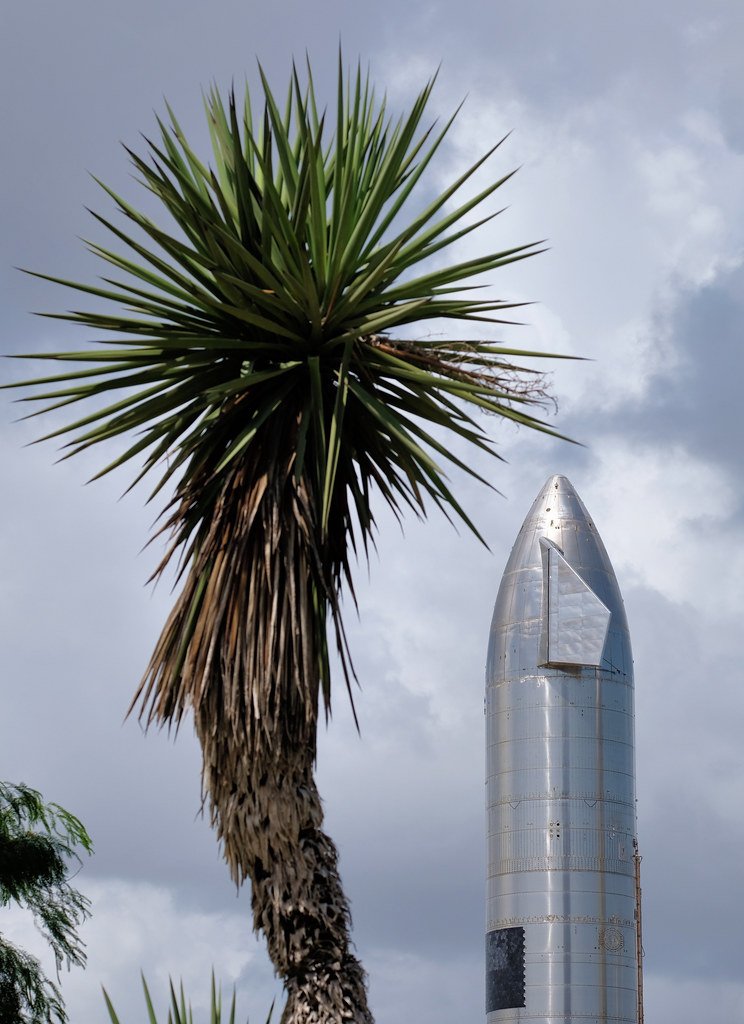
Here’s the thing about space exploration – it’s brutally unforgiving, and recent Starship tests prove that point perfectly. The Starship rocket did not achieve some of its most important testing goals, bringing fresh engineering hurdles to CEO Elon Musk’s increasingly turbulent Mars rocket program. But while the test started without issues, the spacecraft lost control well into its flight, started tumbling and eventually came apart, dealing a setback to the company as it desperately seeks a successful test mission. SpaceX has experienced explosive failures repeatedly, with Ship also had issues — more serious ones, in fact — on Flight 7 and Flight 8, which launched in January and March of this year, respectively. On both occasions, Ship exploded less than 10 minutes into flight, raining debris down on the Atlantic. Yet somehow, they expect to have humans safely traveling to Mars in a matter of months? The math just doesn’t add up.
The Technology Gap That Can’t Be Ignored
Even if SpaceX miraculously solved all their current technical problems tomorrow, the technological requirements for a Mars mission remain staggering. Along with those, there will be a switch from Raptor 2 to Raptor 3, which will increase the Ship’s payload capacity by 40 tons, bringing it to approximately 100+ tons reusable. Raptor 3, which is the engine for the Next Generation of Starship, is making good progress in early testing. SpaceX has so far tested the engine around 300 times with a total of 16,000 seconds worth of engine firing time. This engine is designed to address many of the issues currently plaguing Starship and the Raptor 2 engines it utilizes throughout the program. They need functional life support systems for the months-long journey, radiation shielding, and landing systems that work reliably on Mars. Think about it like building a house – you can’t just skip the foundation and hope the walls hold up.
The Radiation Problem Would Kill Mars Pioneers
If humans somehow made it to Mars by 2025, they’d face a radiation nightmare that could literally be deadly. Radiation is the next challenge to solve for astronauts to land and live in a Mars colony. Scientists say that colonists will face radiation levels eight times higher than the current government specified limits. According to Space.com, The Mars Rover Curiosity calculated an average does of radiation over a 180-day journey to the red planet as the equivalent of 24 CAT Scans, similar to exposing an astronaut to 15 times the radiation limit of nuclear power plant workers. Dangerous amounts of radiation reach Mars’ surface despite it being much further from the Sun compared to Earth. Mars has lost its inner dynamo giving it a weaker global magnetosphere than Earth. Combined with a thin atmosphere, this permits a significant amount of ionizing radiation to reach the Martian surface. Unlike Earth, Mars can’t protect its inhabitants from cosmic radiation – it’s like living without an umbrella in a constant radioactive rainstorm.
Mars Would Be a Frozen Hell for Early Settlers

The temperature challenges alone would make early Mars colonization a constant battle for survival. The climate is much colder than Earth, with mean surface temperatures between 186 and 268 K (−87 and −5 °C) (depending on the season and latitude). Temperatures on Mars can range from 86 degrees Fahrenheit (30 degrees Celsius) to -284 degrees Fahrenheit (-140 degrees Celsius); the average temperature is -81 degrees Fahrenheit (-63 degrees Celsius). Imagine trying to build a settlement when the average temperature is colder than Antarctica’s worst day. The temperature of the Martian surface fluctuates between frigid temperatures of -110°C to a somewhat warmer 35°C in the Martian summer because not much heat from the sun can be maintained within the thin atmosphere. These aren’t just uncomfortable conditions – they’re life-threatening without extremely sophisticated heating systems that would need to work flawlessly for years.
Breathing Would Be Impossible Without Perfect Life Support
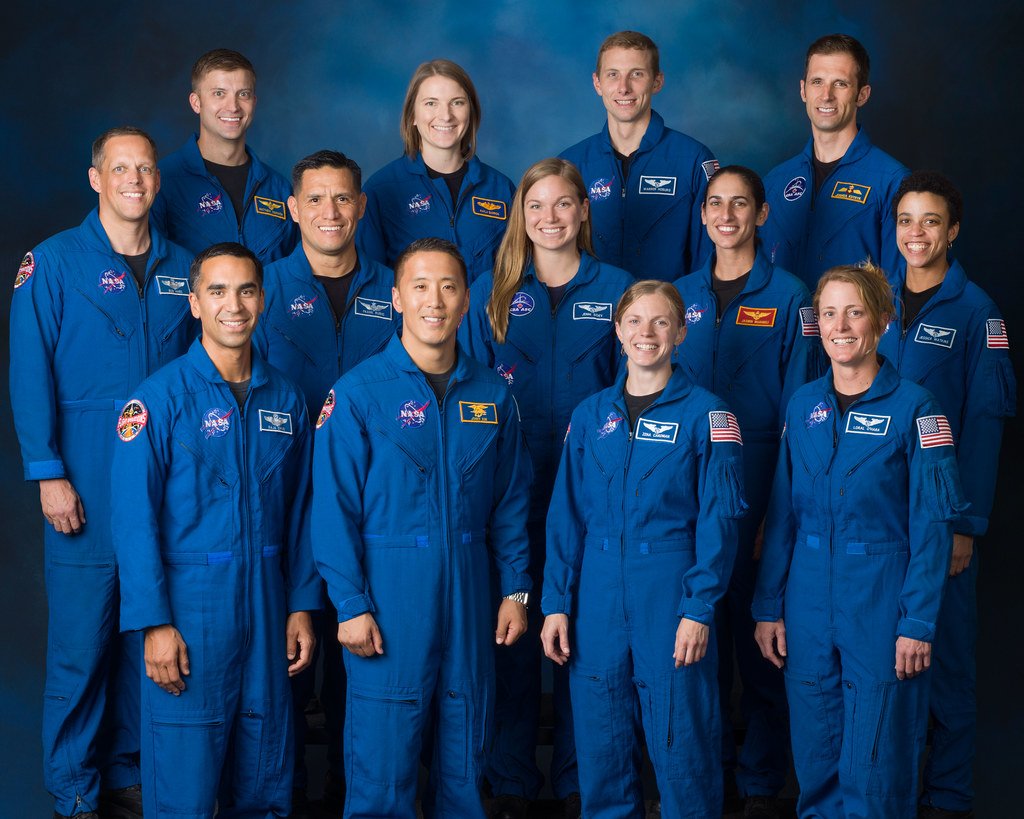
The atmosphere on Mars is basically a death trap for humans. This is because Martian atmosphere is unbreathable for a human, with ≈96% CO2 and <≈1% of O2, as opposed to <≈1% CO2 and 21% of O2 on Earth. However, the surface is not hospitable to humans or most known life forms due to the radiation, greatly reduced air pressure, and an atmosphere with only 0.16% oxygen. The Martian atmosphere is about one hundred times thinner than that of Earth, and it is primarily made up of poisonous carbon dioxide. Mars has no magnetic field to shield the planet from deadly radiation emitted by the sun. Early colonists would be entirely dependent on life support systems with zero room for error. One malfunction, and you're looking at a very short and unpleasant end to humanity's Mars adventure.
Growing Food Would Be Nearly Impossible
The dream of growing food on Mars runs into harsh reality when you consider the agricultural challenges. The unique challenges posed by the Martian environment, such as the lack of oxygen, nutrient-deficient soil, thin atmosphere, low gravity, and cold, dry climate, necessitate the development of advanced farming strategies. Martian surface and atmosphere present various challenges for producing plants to satisfy the needs of human colonists. The various constraints include reduced gravity, the thinner composition of the atmosphere, low atmospheric pressure, nutrient-less soil, low amount of nitrogen, absence of adequate sunlight, absence of water, and other essential nutrients It’s like trying to grow tomatoes in a freezer while wearing gloves – technically possible with enough technology, but incredibly difficult. Early Mars colonists would likely face malnutrition or starvation without a perfect closed-loop agricultural system.
Water: The Make-or-Break Resource Challenge
Water is literally life or death on Mars, and accessing it reliably would determine whether early colonization succeeds or fails catastrophically. The most important diet is water because, without water, humans can only live for three to five days. While Mars does have water in the form of ice, The extreme cold does not allow for the presence of much liquid water, but scientists have discovered frozen water at the poles and in the Martian surface. It is predicted that the supply of metabolic consumables including the hygiene water for 1000 days for a six-member crew on Mars would weigh more than 30 MT The technology to extract, purify, and maintain a reliable water supply on Mars would need to work perfectly from day one. There’s no backup plan when you’re millions of miles from the nearest water source.
The Psychological Nightmare of Mars Isolation
The mental health challenges of early Mars colonization would be unlike anything humans have experienced. According to an expert in psychology of space exploration and a Principal Investigator on several NASA-funded and ESA-sponsored international psychological research projects Kanas, upon departing Earth on their one way journey to Mars, the crew are likely to experience extreme homesickness, boredom, and loneliness, which can lead to severe psychological problems. Mental Health – From the inherent danger of space travel, reliance on life-saving machinery, radiation exposure, space weather (sun bursts and meteorites), living in cramped quarters and an unchanging habitat of blackness, maintaining good mental health and emotions in extreme environments is still an unknown. Researchers are looking at ideas such as virtual reality, meditation, and pictures of nature to combat emotional challenges that could surface when living in a Mars colony. Upon reaching the surface of Mars, the colonists will swap their small spacecraft for an equally restricted base environment (≈50 m2 per person) in which they would spend the vast majority of their time.
The Medical Emergency That Would End Everything

A single serious medical emergency could doom an early Mars colony since there’s no possibility of evacuation or advanced medical care. Cancer is not the only risk facing astronauts. Deep-space radiation while living in a Mars colony will likely cause vision-impairing cataracts, blood circulation issues and nervous system damage. Muscular Breakdown – Mars has just a third of Earth’s gravity, so maintaining body mass and muscle strength is a challenge for astronauts, who need to do two to three hours of exercise every day to maintain muscle mass and cardiovascular fitness. Eye Problems – Lack of gravity and the movement of eye fluid to the back of the eyeball changes the shape of the eye lens. Most astronauts spending time on the ISS end up wearing glasses in space, and when they come home, experience permanent changes to their vision. Imagine needing emergency surgery on Mars with no hospital, no specialists, and no way to get help. The first major medical crisis would likely be the last.
The Underground City Solution – If It Works
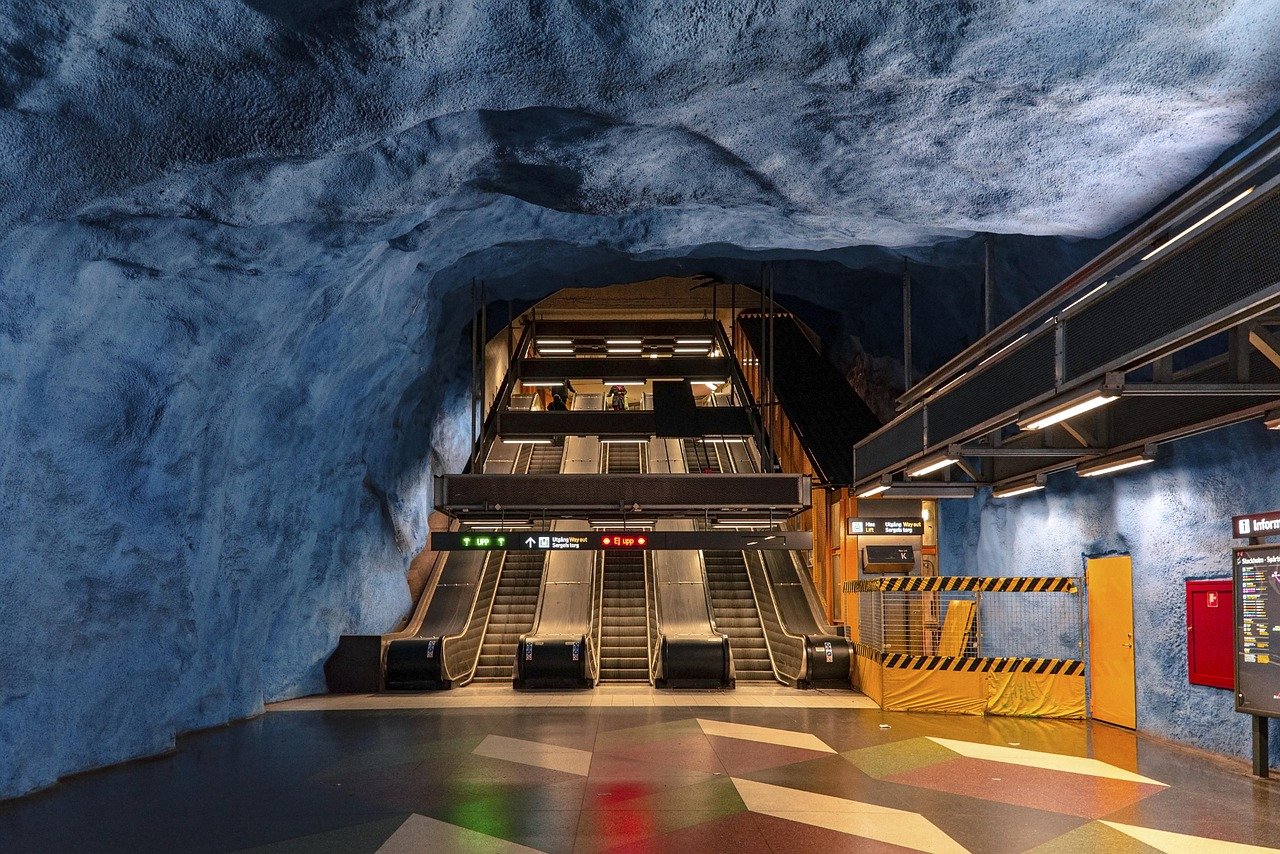
The only realistic way early Mars colonists might survive would be by going underground, literally. Beyond surface-level habitats, the very substratum of Mars may offer a tantalizing solution to some of the most pressing colonization challenges. Underground cities, or subterranean habitats, can leverage the Martian crust’s innate properties to provide shelter, security, and sustainability. Protection Depth: Mars lacks a strong magnetosphere and thick atmosphere, both of which provide Earth with considerable protection from cosmic and solar radiation. By constructing habitats several meters below the surface, colonists can use the regolith and rock as a natural shield, significantly reducing radiation exposure There are ways to mitigate solar radiation, but without much of an atmosphere, the only solution to the GCR flux is heavy shielding amounting to roughly 15 centimeters of steel, 1 meter of rock, or 3 meters of water, limiting human colonists to living underground most of the time. It’s basically building humanity’s first mole civilization – not exactly the exciting Mars colony most people imagine.
The Economic Reality Would Be Crushing
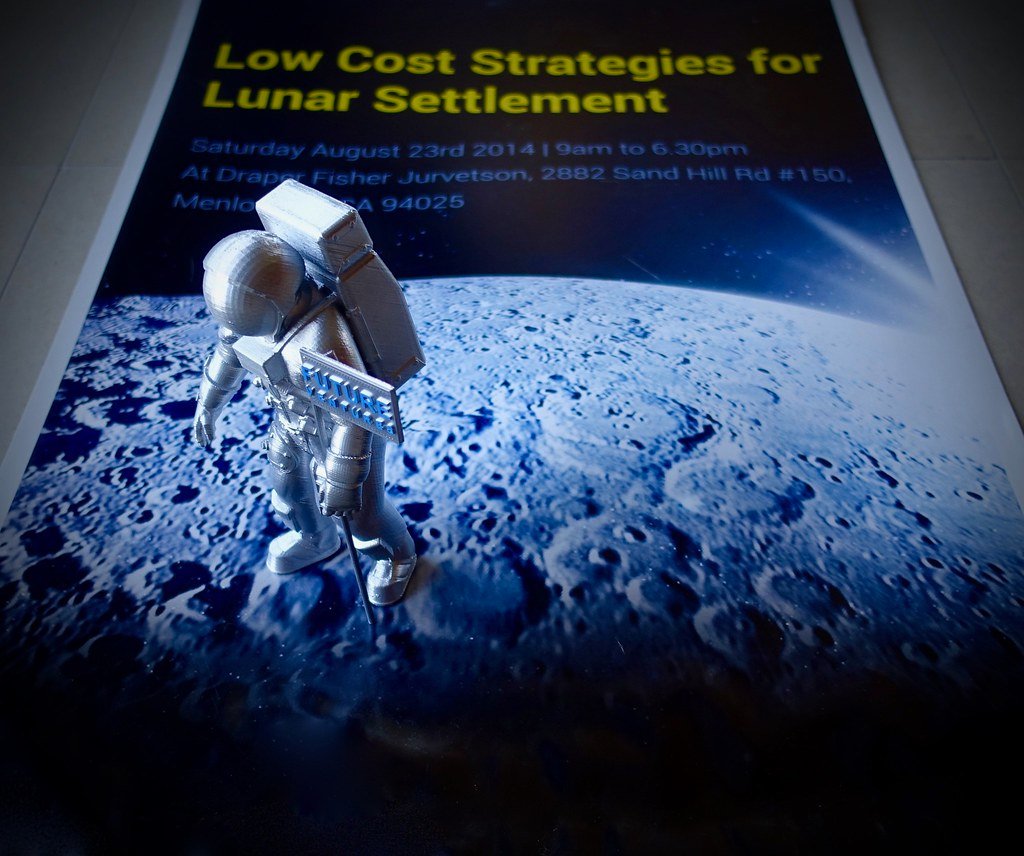
The cost of supporting early Mars colonists would be astronomical, potentially bankrupting even the richest nations or companies. It would be impractical to carry all the food to support a short-term permanent inhabitancy for long-distance missions. Many expeditions never even left Earth because of the failure of the food supply system. Hence, evolving a working food system for space exploration is extensively challenging. The Directive lays the foundation for human exploration to Mars but without making a commitment to the funding for the exploration and colonization, estimated by NASA at the time to be $50 – $150 billion across 10 years. Every single thing the colonists need – from spare parts to medicine to food – would have to be shipped from Earth at enormous expense. It’s like keeping a remote research station supplied, except the supply line is 140 million miles long and only works every 26 months.
Why 2025 Mars Landing Would Change Everything Forever
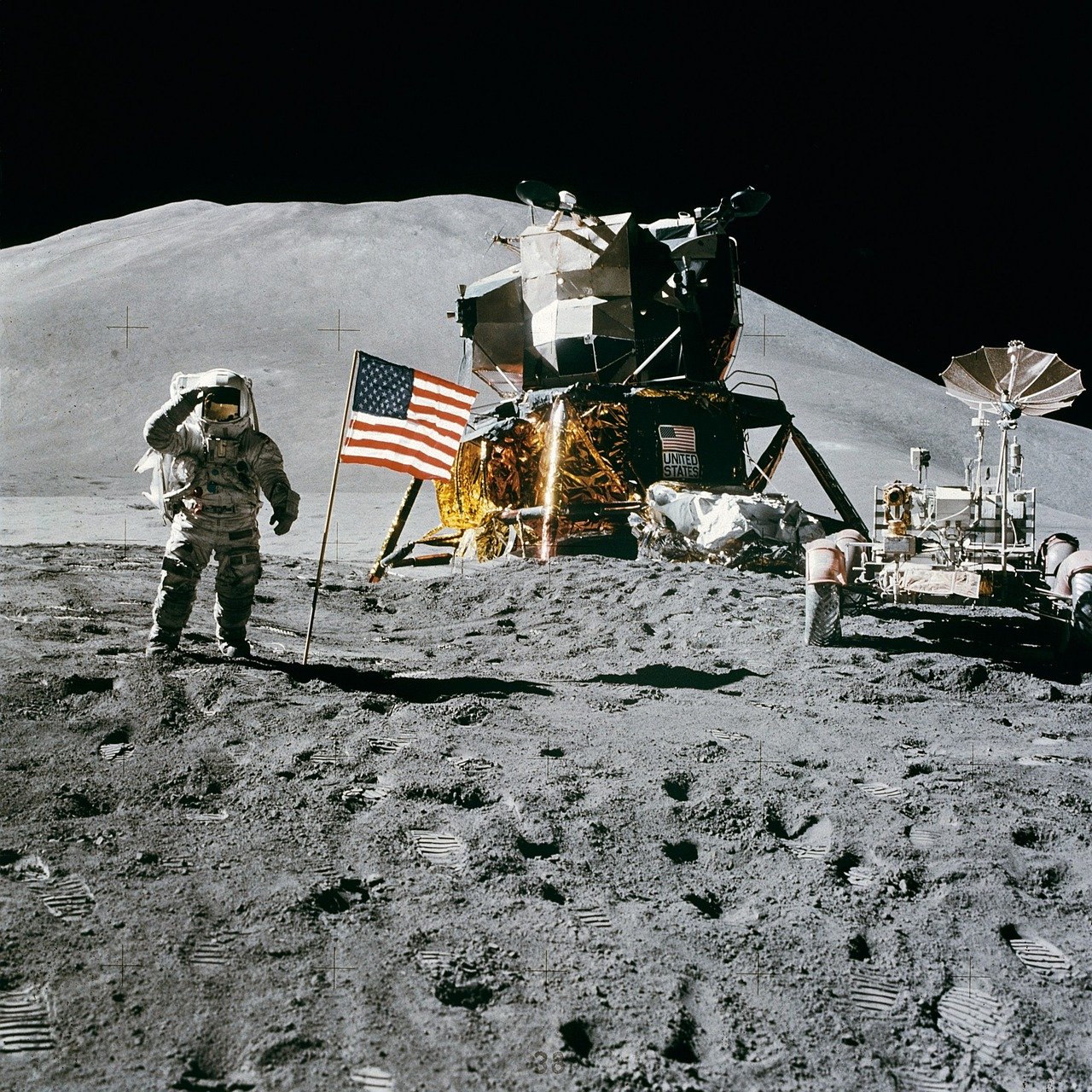
Despite all these seemingly impossible challenges, if SpaceX somehow managed to land humans on Mars by 2025, it would represent the most significant moment in human history since we first walked upright. “You want to wake up in the morning and think the future is going to be great – and that’s what being a spacefaring civilization is all about. It’s about believing in the future and thinking that the future will be better than the past. And I can’t think of anything more exciting than going out there and being among the stars.” The motivation behind this is the belief that colonizing Mars will allow humanity to become multiplanetary, thereby ensuring the long-term survival of the human race if it becomes extinct on Earth. Colonization is to be achieved with reusable and mass-produced, super heavy-lift launch vehicles called Starship. They have been referred to as the “holy grail of rocketry” for extraplanetary colonization. Even if the first colonists faced incredible hardships or didn’t survive, they would have opened the door to humanity’s future among the stars.
The Inspirational Explosion That Would Follow
A successful 2025 Mars landing would trigger the biggest surge of scientific inspiration since the Apollo moon landings, but amplified by modern global communication. Millions of young people would suddenly see space exploration as not just possible, but inevitable. Engineering and science programs would overflow with students desperate to be part of the next mission. “Progress is measured by the timeline to establishing a self-sustaining civilization on Mars,” Musk said in the 42-minute presentation. “Flight rate will grow exponentially from there, with the goal of building a self-sustaining city in about 20 years,” Musk added in the same post. “Being multiplanetary will vastly increase the probable lifespan of consciousness, as we will no longer have all our eggs, literally and metabolically, on one planet.” The psychological impact of knowing humans were living on another planet would fundamentally change how our species thinks about its future. We’d no longer be earthbound creatures dreaming about the stars – we’d be an interplanetary species taking our first baby steps into the cosmos.
Looking at the raw timeline and technical challenges, SpaceX landing humans on Mars by 2025 seems about as likely as building a time machine. But the attempt alone is pushing technology forward at breakneck speed, and when they do eventually succeed – whether in 2030, 2040, or beyond – it’ll be the moment everything changes for humanity. What would you have guessed was more likely: humans walking on Mars or discovering they can’t survive there?

